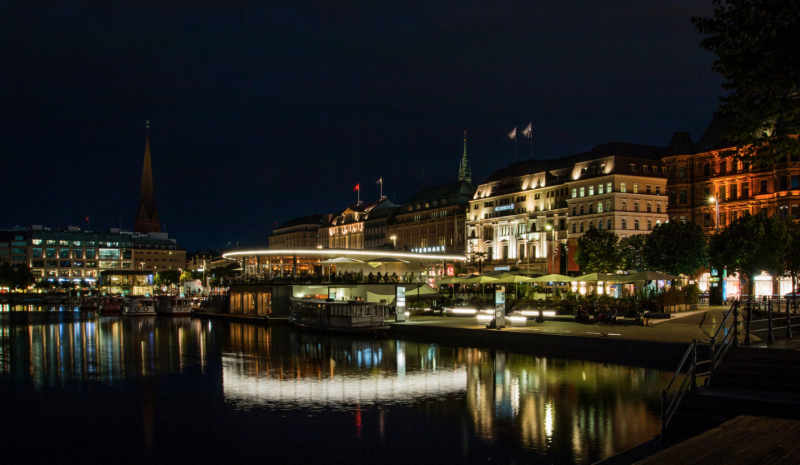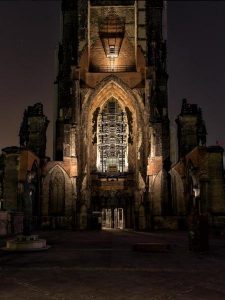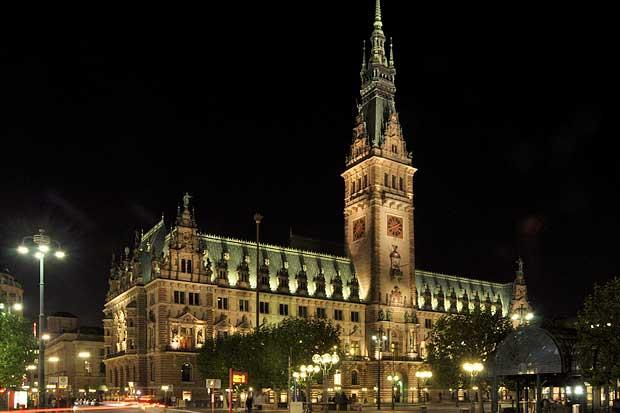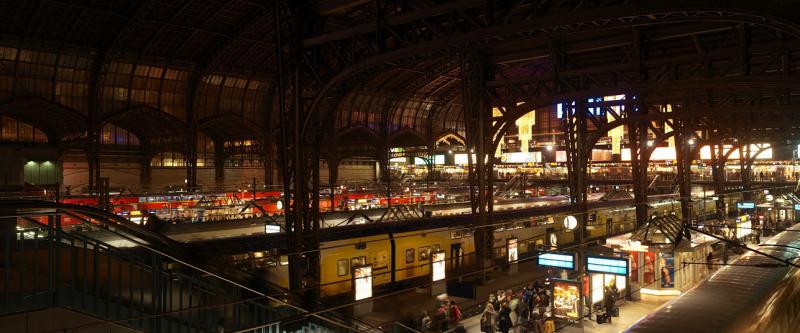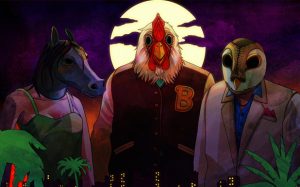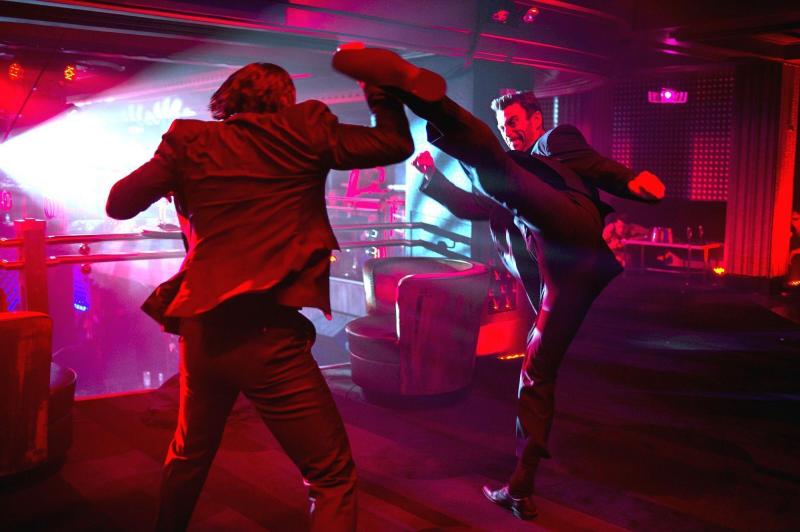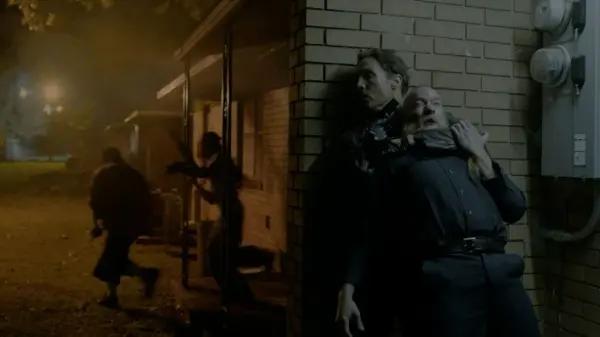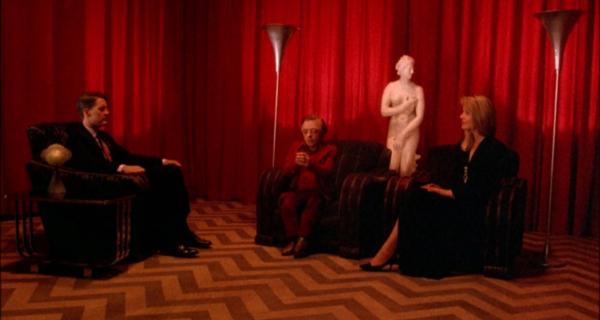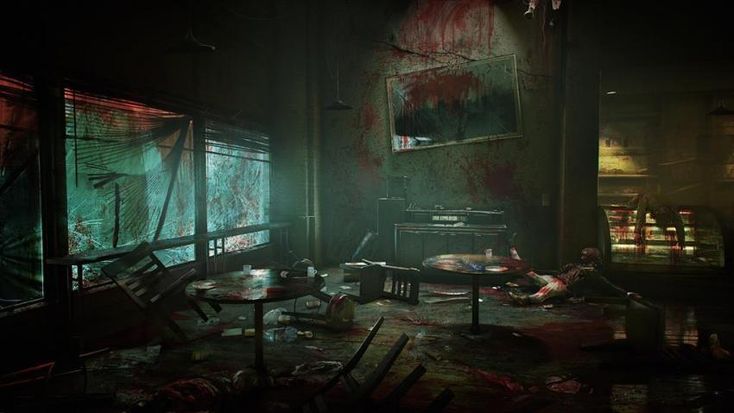I just discovered that I never actually finished writing this post that I had started five weeks ago. I guess better now than never.
So, Planet Kaendor. I used the name in several posts last two months ago as a tag for a new campaign I am planning, which is set in the same world as the Green Sun campaign I ran for the last half year, but with a very different approach. The world Kaendor is undergoing constant evolution, changing after every campaign to reflect what I learned from my experiences. Mostly this consists of throwing out stuff that I put into the world because I considered them regular staples of fantasy campaign settings, or I saw it somewhere and thought it is cool, but I realize as being either useless baggage or stuff that actually conflicts with the core ideas rather than add to them. The world started basically as “everything in fantasy that I like and could work in a Bronze Age setting”. But since then I moved on to the paradigm of “perfection isn’t when there is nothing left that can be added, but nothing left that can be taken away”. Better have a setting that does three closely related things very well than a dozen things that somewhat randomly sit side by side. Of course this frequently leaves gaps that need to be filled in, but that’s always also a potential to bring in great new elements.
Why Planet Kaendor?
While I always intended Kaendor to be purely a fantasy setting, many of the aesthetic influences I am aspiring to evoke come from the Planetary Romance genre and pulp stories that made little distinction between fantasy and science fiction. Going all the way back to A Princess of Mars and its world of Barsoom, and also including the Zothique stories, the movie Wizards, the visual style of Moebius, various adaptations of Dune from the 80s and 90s, and of course also The Empire Strikes Back and Return of the Jedi. And I always loved reading about Planet Algol. The working title “Planet Kaendor” is meant to be a constant reminder for me for what the ultimate goal of the setting is.
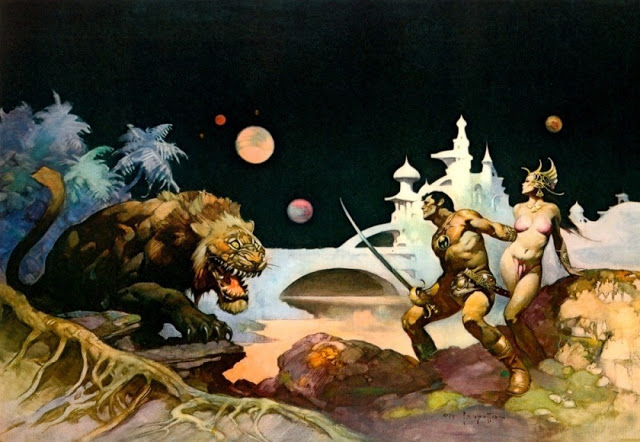 Many worldbuilders really like to just head out into the unknown and see where the process leads them. But in my own experience, this approach of adding whatever feels cool and like a good fit in the moment always leads me down to follow the established generic paths of the Standard Fantasy Setting. And there are more than plenty of those already, and I am doing worldbuilding primarily because the kind of setting I really want to see doesn’t exist yet. So ending up with another version of Fantasyland would completely defeat the purpose.
Many worldbuilders really like to just head out into the unknown and see where the process leads them. But in my own experience, this approach of adding whatever feels cool and like a good fit in the moment always leads me down to follow the established generic paths of the Standard Fantasy Setting. And there are more than plenty of those already, and I am doing worldbuilding primarily because the kind of setting I really want to see doesn’t exist yet. So ending up with another version of Fantasyland would completely defeat the purpose.
The Basic Premise
Kaendor is a world inspired by the continent Pangea during the Permian period, before the age of the dinosaurs, the Bronze Age civilizations of the eastern Mediterranean Sea (Mycenaeans, Hittites, Egyptians), and the Hellenistic Period (Macedonians, Achaemenids, Mauryas, Scythians). But the focus is on “inspiration”, not “adaptation”. A fantasy version of the Persian Empire surely exist somewhere, but Planet Kaendor is nothing of that type. Instead they are references for what kinds of animals can be found in the world, what technologies are available and what forms of social organization exist, and what kinds of sounds are used in personal and place names of the different cultures.
Two fictional settings that were hugely influential for me in inspiring the tone and aesthetic I am aiming for are from the videogames Morrowind from 2002 and Albion from 1995. Morrowind is really the gold standard for me for how alien you can make a fantasy world. The one thing that I found most disappointing about it was that the Dunmer, Drakonians, and Kajiit are sharing their amazing world with Romans and Vikings who live in English villages and castles on the southern coast of the great island. Their presence always broke the spell of having a unique fantasy world that isn’t like the regular generic stuff. Not too much to say about Albion, other that it made a huge impression on me with its alien jungle world. And again, it’s actually a sci-fi story about human astronauts crashing on an alien planet, which turns out to feel a lot like a fantasy world.
“Humans” Only
In the early years when I came up with the idea for Kaendor, I had the goal to make it like a classic Sword & Sorcery world. In hindsight, I think this desire held me back by years, as many of the elements that are rightly considered “classic” are not actually things I much enjoy in games. In particular the personality and motivations of Sword & Sorcery protagonists are not exactly what I consider fun to play for prolonged time.
One of these aspects that many people adamantly insist on as being essential is that a Sword & Sorcery world must only have humans. Which I disagree on, and creating an archetypal Sword & Sorcery setting is no longer a priority for me. But after my recent experience with planning encounters for a D&D 5th edition campaign, I really see how it’s not just dwarves and halflings being tonally out of place, but also orcs, goblins, lizardmen, and githyanki becoming a real crutch to pad out content with meaningless fights. Following the D&D encounter model is also something that has stopped being relevant for the Planet Kaendor campaign, but it still had me thinking about the subject.
Now because I really like the idea of a fantasy world that also is an alien planet with its own unique life forms, there are no people on Kaendor who call themselves humans and who look like humans. But for all intends and purposes, the Kaendorians are identical to humans. In the same way that Red Martians, Arkanians, or Quarians are virtually indistinguishable from the humans of their settings, except for exotic looking colorations. I also like about this approach so that you can’t say that these guys are the Europeans of the setting, these guys are the Africans, and these guys the Asians, and so on. As with their cultures, it doesn’t make much sense that you have direct analogs to human phenotypes on a planet that is meant to have evolved completely independently from Earth.
But in the end, I decided that the Kaendorians are still just like humans in all the ways they count. I did at some point consider making them like alien species in a world with no humans, but in the end we are dealing with a medium that is entirely verbal, and where the characters are played by people who are stumbling around trying to improvise a person more or less on the spot, which does include the GM, and so they all will act like humans anyway.
Mystical Magic
To some degree it lies in the nature of roleplaying games as systems of rules and mechanics that the applications of magic become formalized and follow regular structures. As someone who really got into RPGs with D&D 3rd edition, which is quite possibly the most mechanical and structured game that ever reached the market, this has been something that’s really been bugging me for a very long time. Magic does not feel magical when it consists mostly of math and geometry. The magic that you encounter in stories (which are not based on RPGs) is much more elusive and uncertain. You rarely have spells where a beam of light shots from the finger of a wizard and a breastplate of glowing light appears on the person it hits. What you have is sorcerers mumbling strange chants and throwing powders into a fire, and there might be hints of images in the flames or the shadows surrounding the clearing, and the sorcerer says that the deed has been done and whatever had been your problem or your wish has been taken care of.
That’s magical.
Magic in Kaendor is not quick, easy, convenient, and reliable. There is no magic to fart lightning or make a lantern hovering over your shoulder and following you around. Magic in Kaendor is mostly invisible and concerns itself with knowledge, the manipulation of minds, and the control of spirits. There is limited transformation of living things, but a wizard won’t turn into a huge dragon in a puff of smoke or turn a pumpkin into a luxurious carriage.
This elusive uncertainty also extends to magical creatures. The world of Kaendor knows only one kind of supernatural creatures which are simply spirits. No complex system of opposing cosmic armies with detailed hierarchies modeled after human societies. While spirits in physical shape resemble people, animals, or even plants, in their minds they are truly alien beings with incomprehensible thoughts and unknowable reasons. They are not helpful guides or protectors to mortals or demonic slavers and conquerors, but wild forces of nature whose reasons and motives are their own, and who generally care very little for the affairs of mortals.
Ruins of the Past
Something that has always been central to the concept behind the world of Kaendor, but never really became important in any of my past campaign, is the dominant presence of ancient ruins. The final act of the Inixon campaign played out in the ruins of a naga city, but in the end it really was just a backdrop and not an actual story element in itself. Nothing was learned about the city and there wasn’t really anything to learn about it. This is perhaps the biggest element that really needs to get a very different treatment as I am going on with Planet Kaendor.
Kaendor is a world drifting in time, with no clear understanding by the people currently alive about its ancient history, and no real sense of a meaningful future that lies ahead. As the people of Kaendor are concerned, the world now is the same as it has always been, and as it always will be. Evidence for this is found everywhere with countless ruins covering the forests and islands, lining the coasts, and sitting atop mountainous peaks. In fact, almost all major cities and towns are build on the ruins of older forgotten civilizations, with even older passages and halls being found beneath them. Constant slow changes of the environment regularly force people to abandon their cities as rivers dry up and fields turn into swamps, and castles fall into the sea. But they also open up new places that become suitable for farming and habitation, and each time new settlers arrive in these places they find that they are not the first ones to make them their homes. It is impossible to say for how long this cycle has been going, and the inevitability of all mortal achievements falling into ruins and being forgotten is an accepted fact of life.
Yet even when the people abandon a place that is swallowed up by the forests or sinks beneath the waters, there are always many things that are left behind. Vaults that were sealed by lords fleeing disasters, but who never returned to claim their riches. Treasures hidden away whose secret locations died with their owners until they are revealed again by crumbling walls and eroding hills. As well as ancient evils trapped where no one would disturb or free them. Sorcerers are notoriously secretive about their arcane knowledge and rarely share their discoveries with others. Countless magical secrets were discovered and their knowledge shared only among a handful of people to be lost to the world with their death, but still exist on ancient crumbling scrolls beneath overgrown ruins in the wilds, waiting to be found by whoever stumbles into these old places that have seen no mortal feet for centuries.
Planet Kaendor is being written specifically with searchers of ancient magic in mind. Outside and beneath the major cities, ruined tunnels, castles, temples, and towers make up the majority of important places. The various factions playing major parts within the politics of the setting are all greatly invested in the rediscovery and control of lost magic. These take the center stage in the design of the world, with other elements like economics, religions, and the everyday politics of the various city states fading into the background. The politics that are important to the setting are the relationships between powerful sorcerers and high priests who have the wealth and armies of their cities at their disposal, but whose conflicts are centered around the control of magical power.
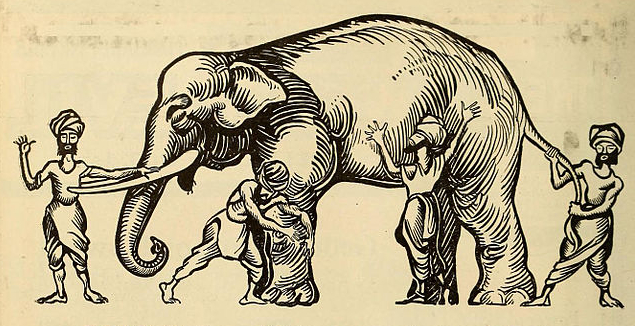 What you don’t want is to get six disconnected features that the players all have to hold in their mind and then bring together into a single image. Instead of blind people describing the part of an elephant they are touching, begin your description with the big picture and zoom in. Start with a terrifying giant beast charging at you, then bother with mentioning its grey skin, huge head, and giant tusks.
What you don’t want is to get six disconnected features that the players all have to hold in their mind and then bring together into a single image. Instead of blind people describing the part of an elephant they are touching, begin your description with the big picture and zoom in. Start with a terrifying giant beast charging at you, then bother with mentioning its grey skin, huge head, and giant tusks.
